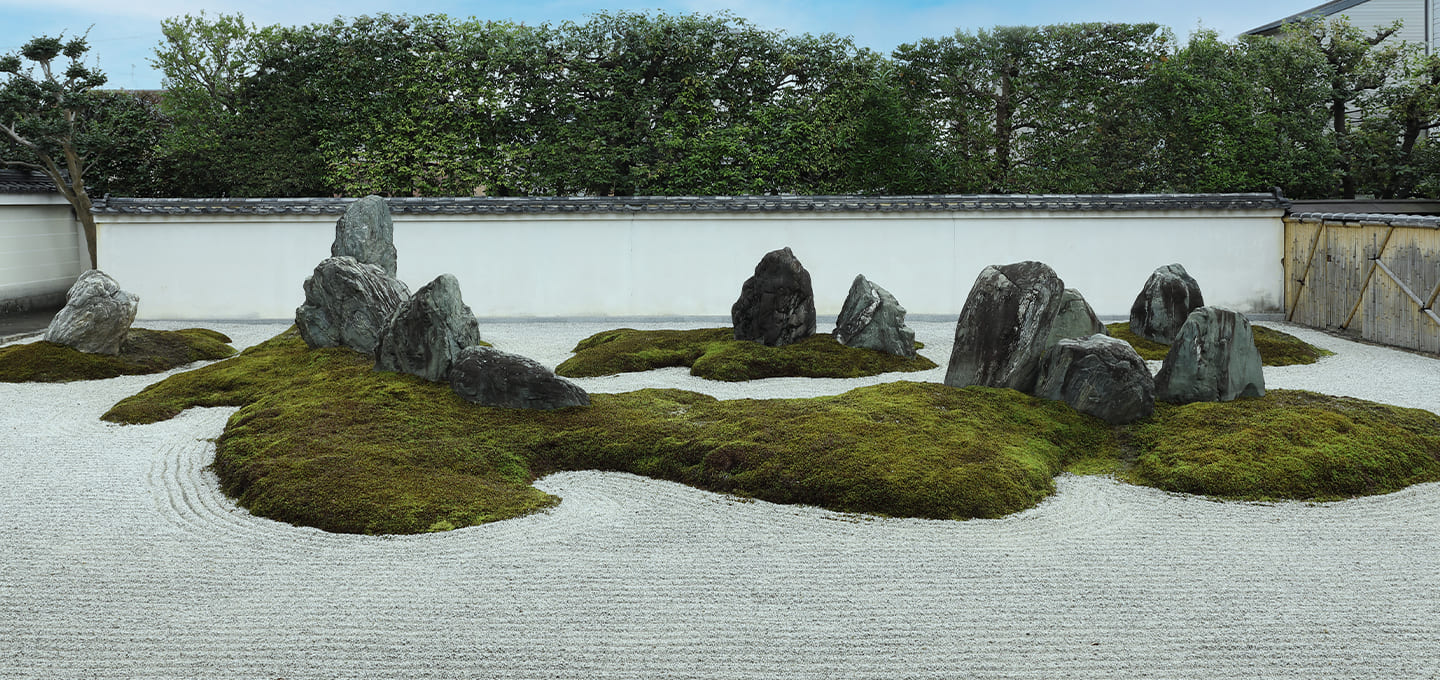
Special Experience
Kyoto
Private Kyoto Temple Visit With Zazen, Sutra Copying, & Matcha
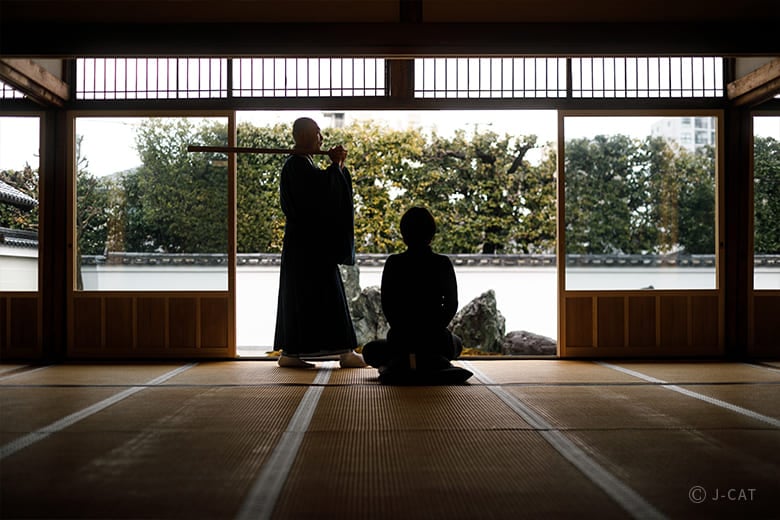
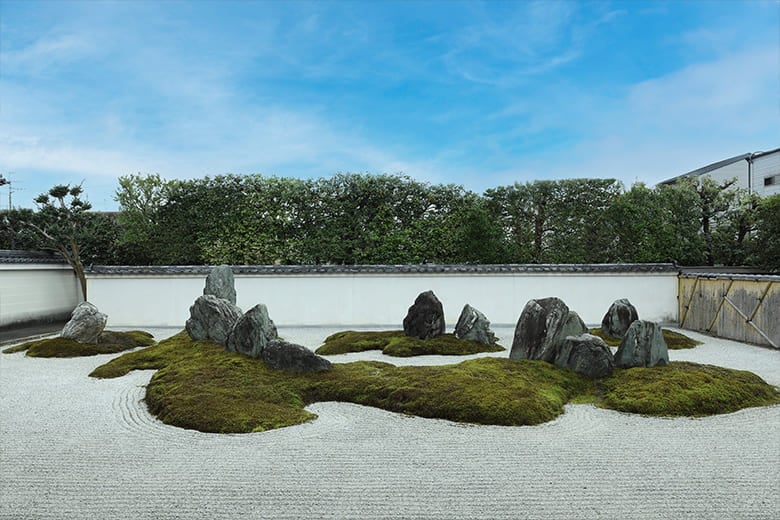
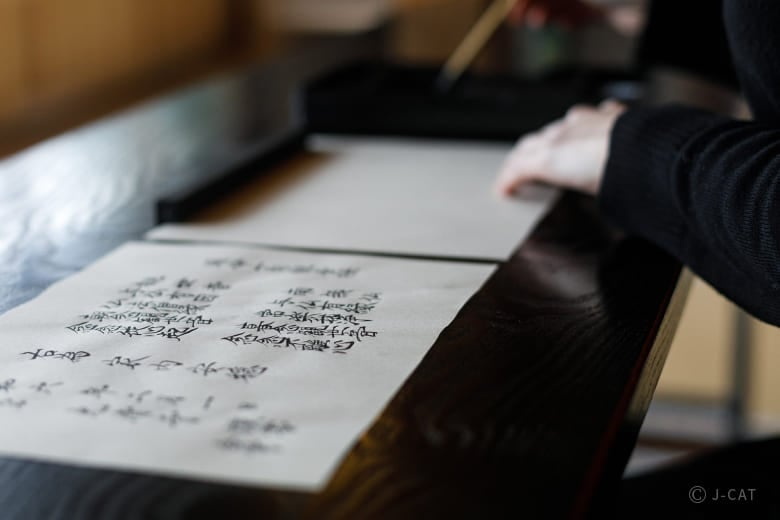
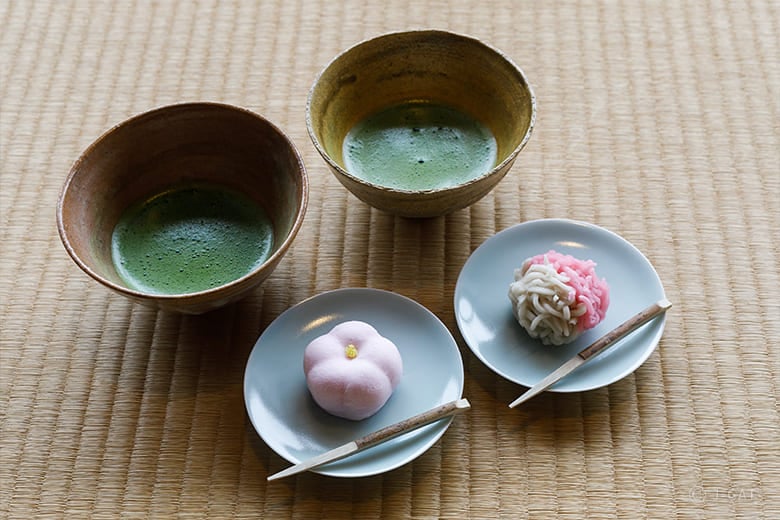
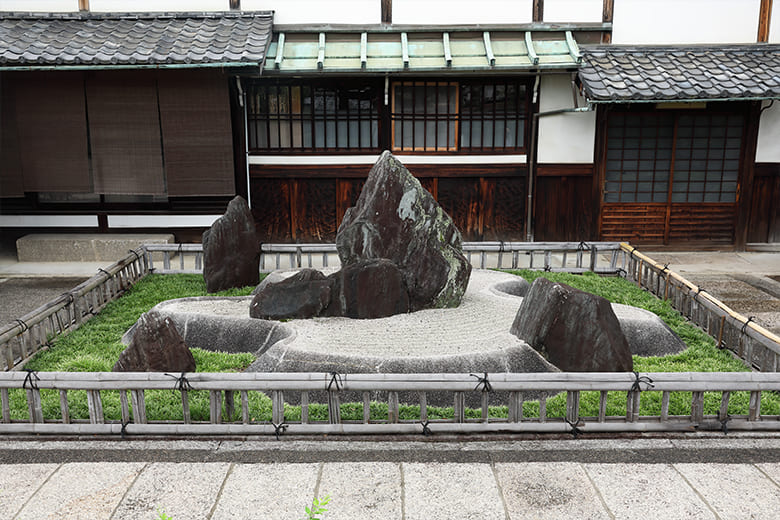
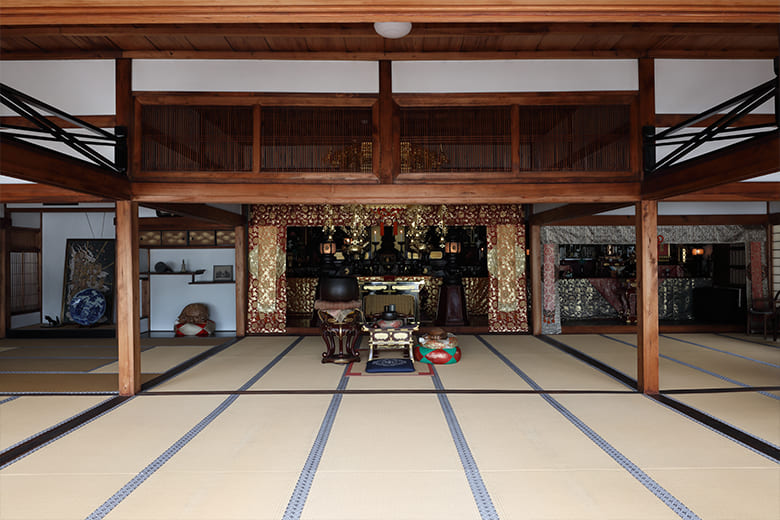
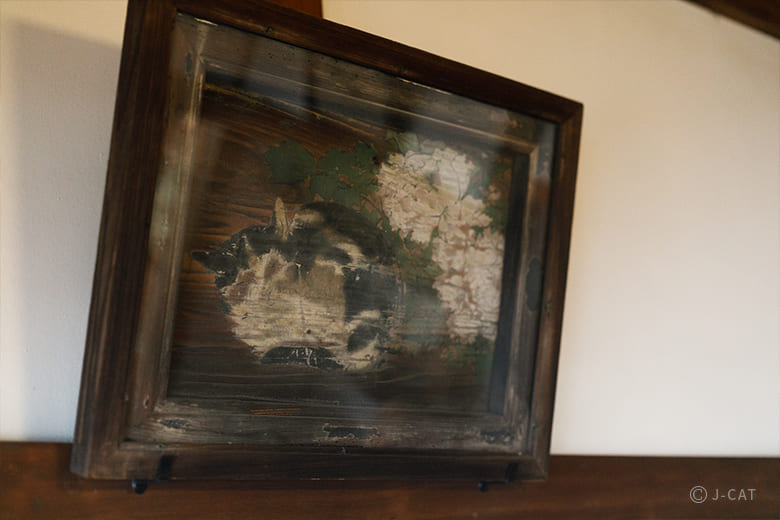
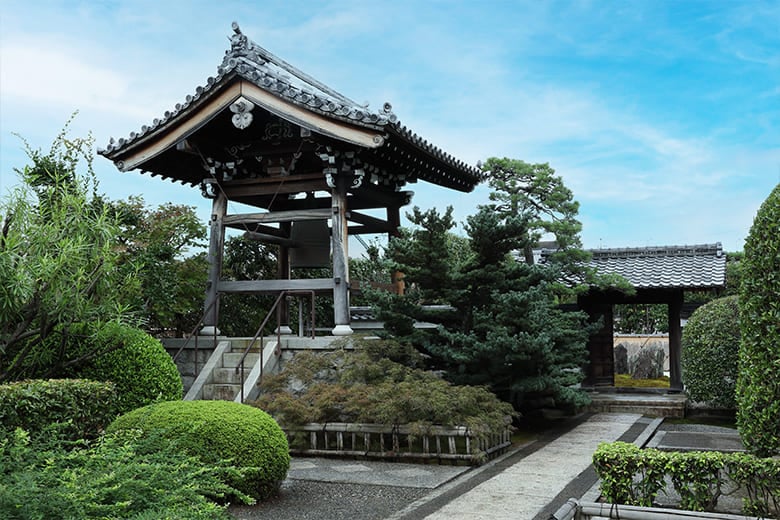
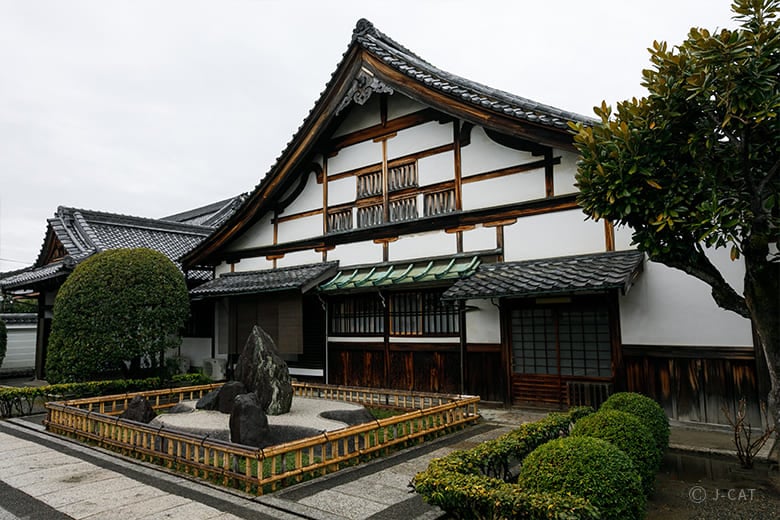
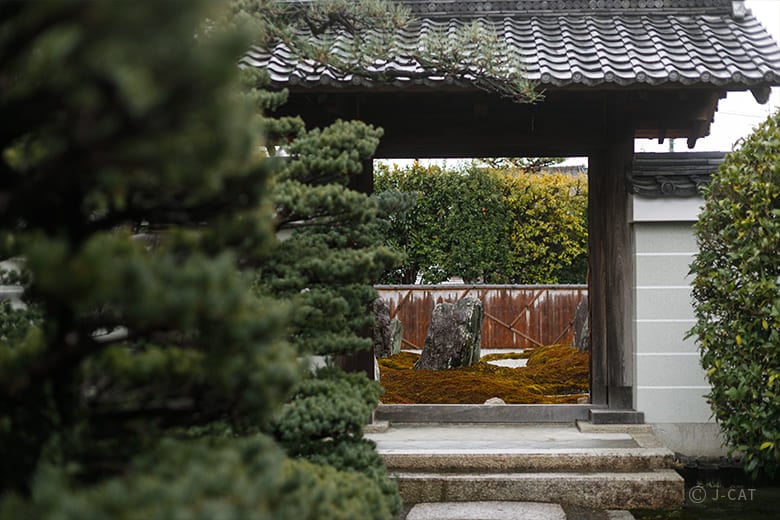
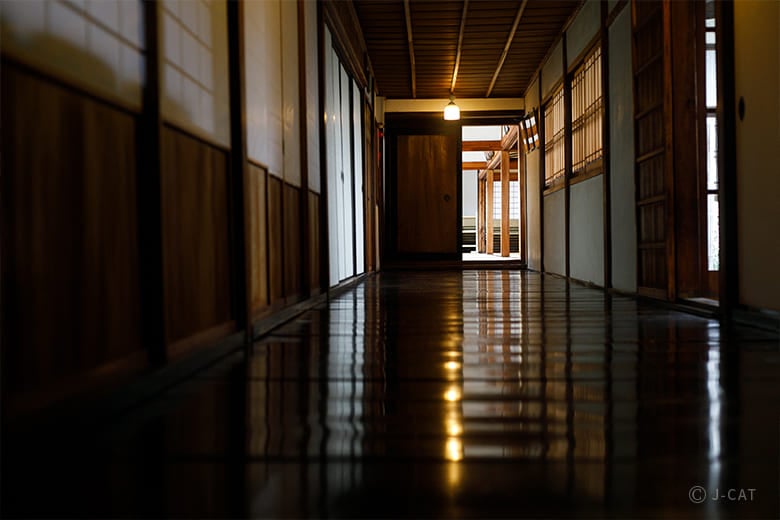
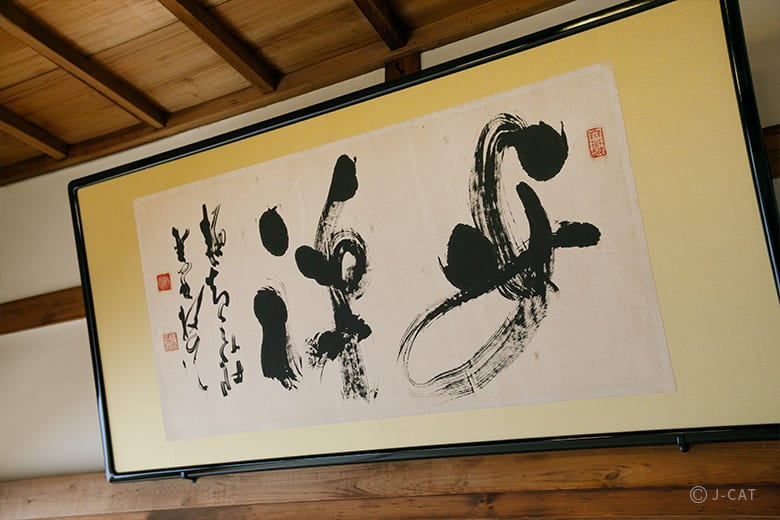
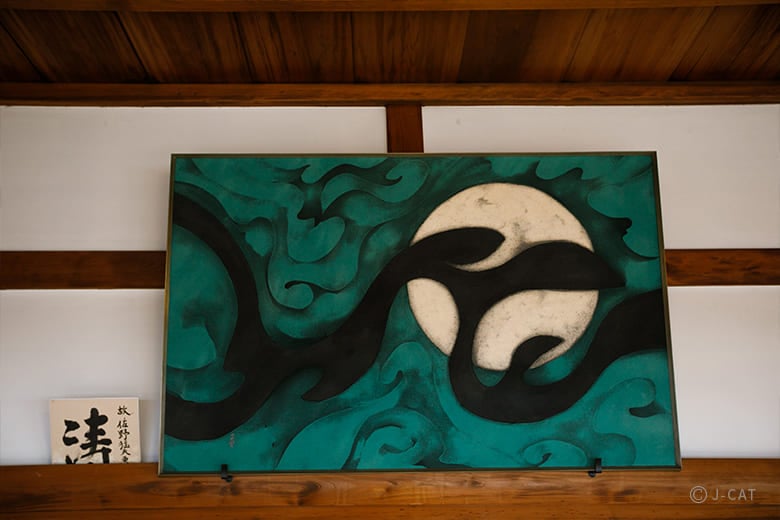
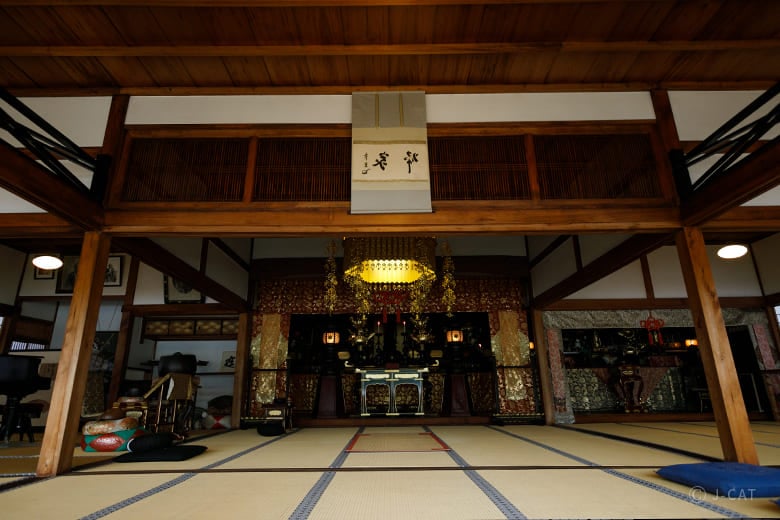
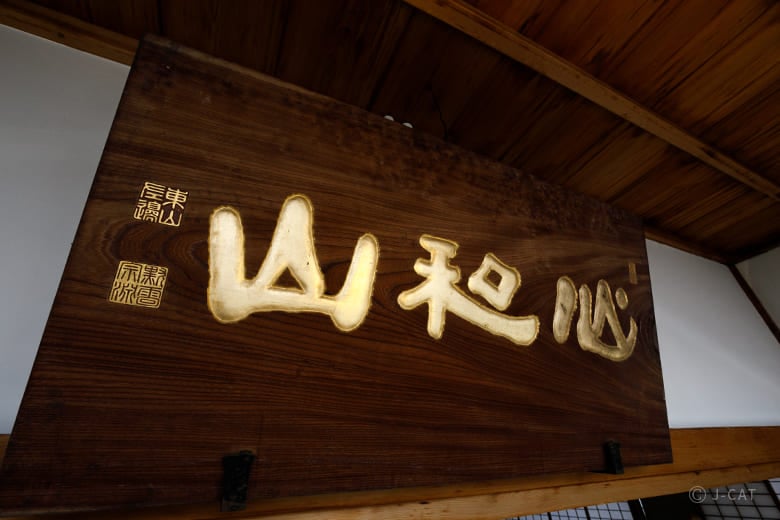
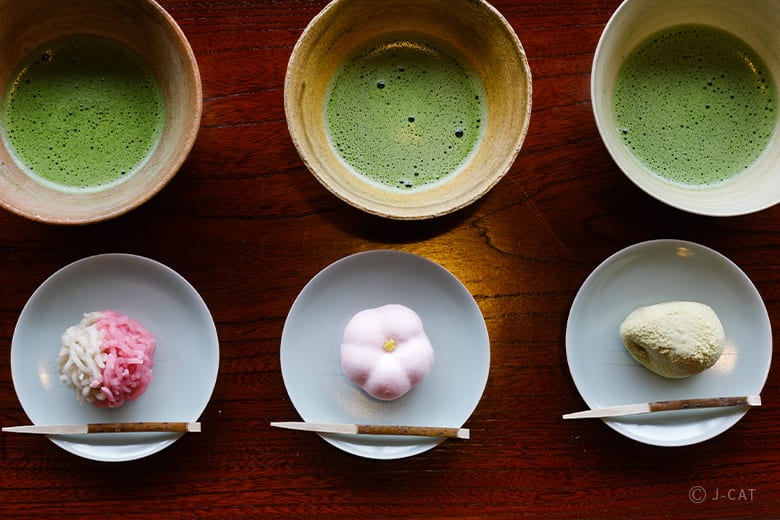
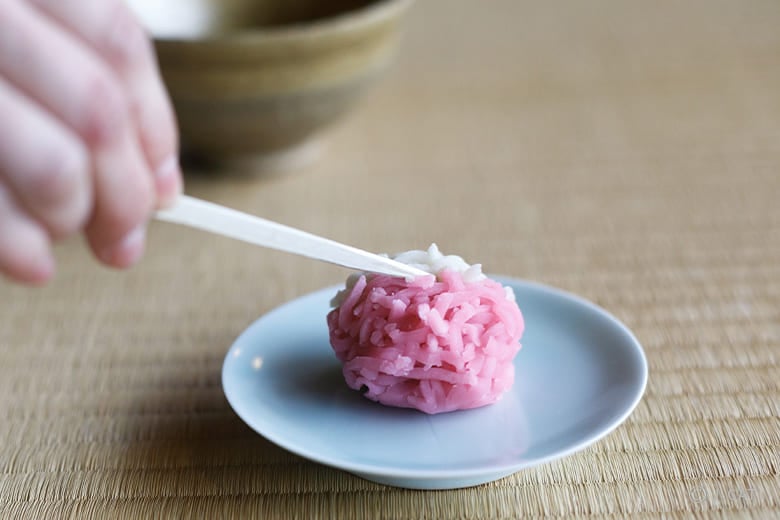
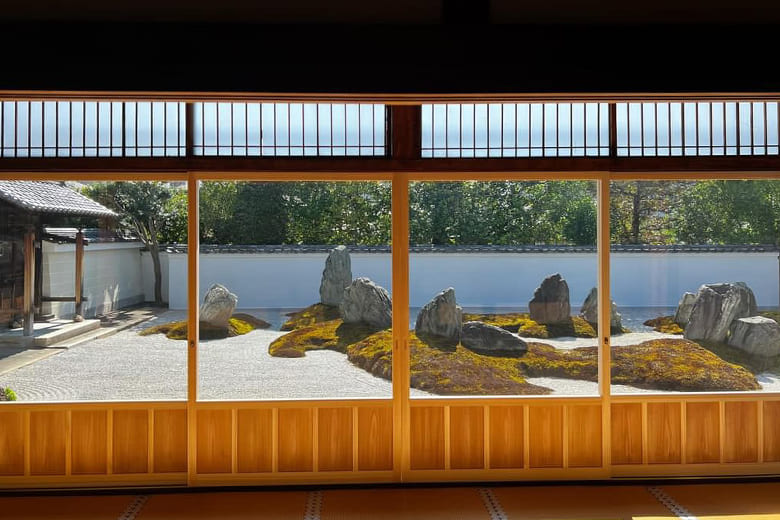
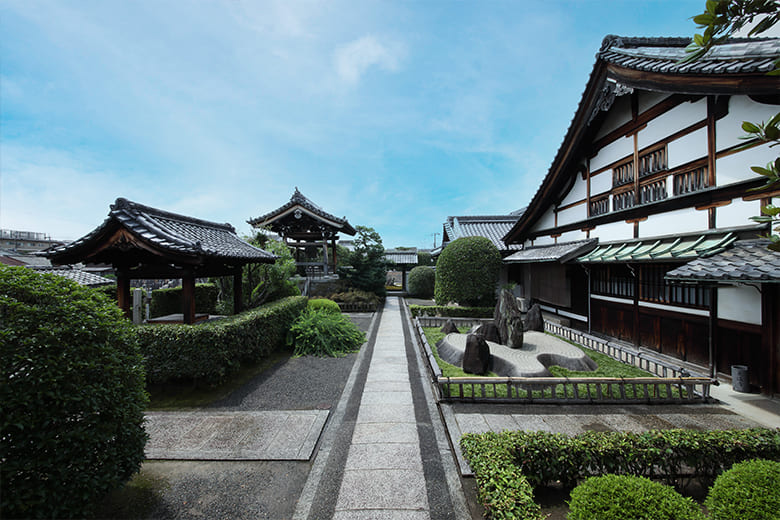
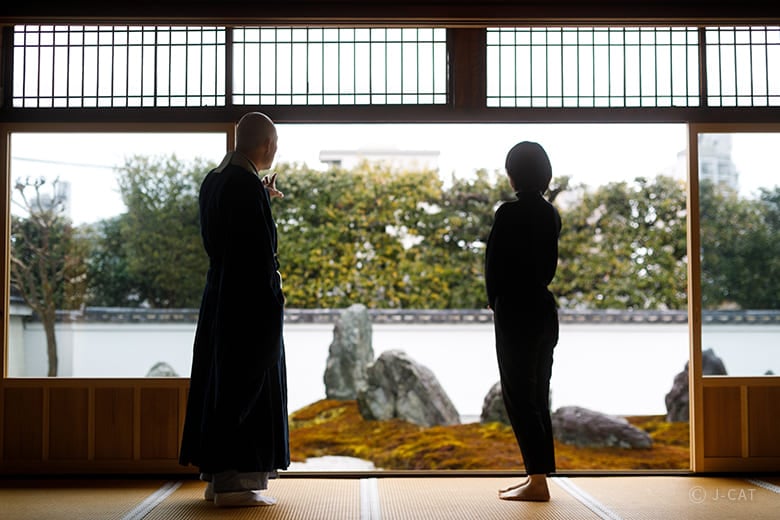
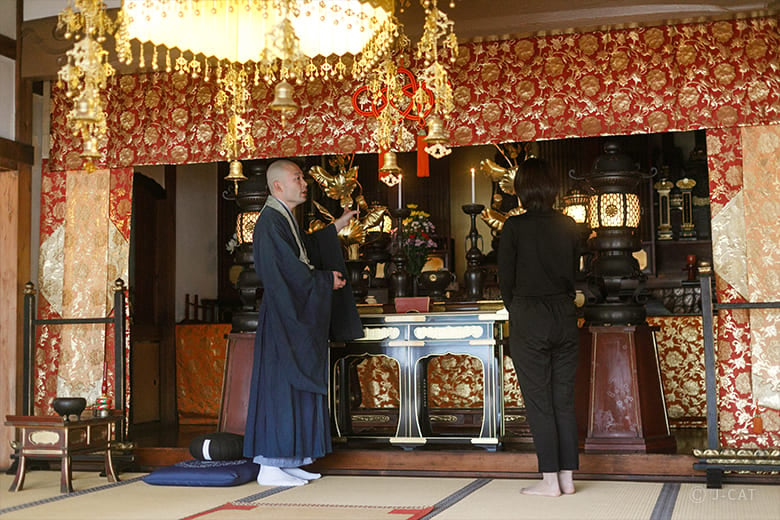
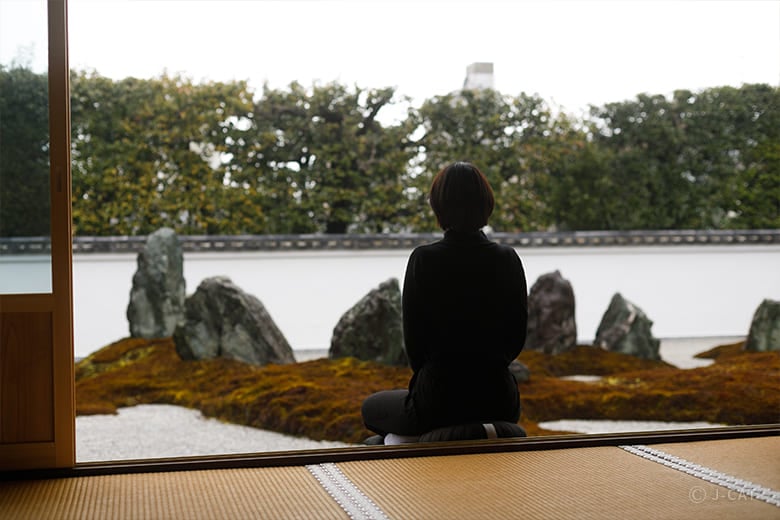
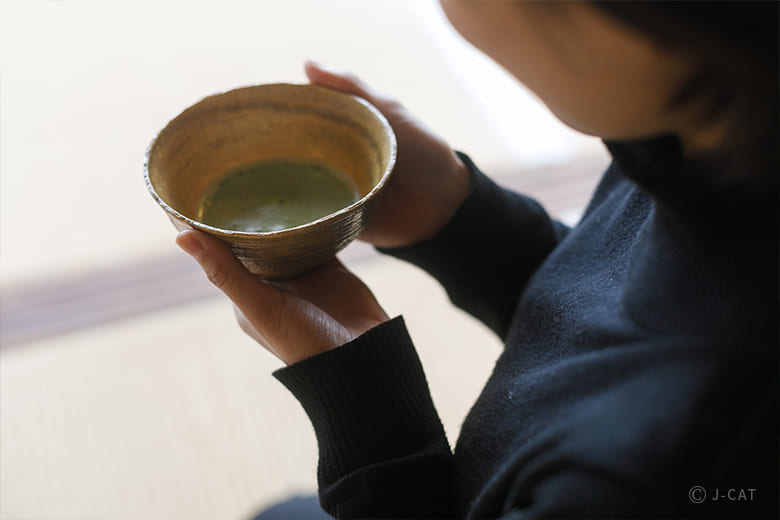
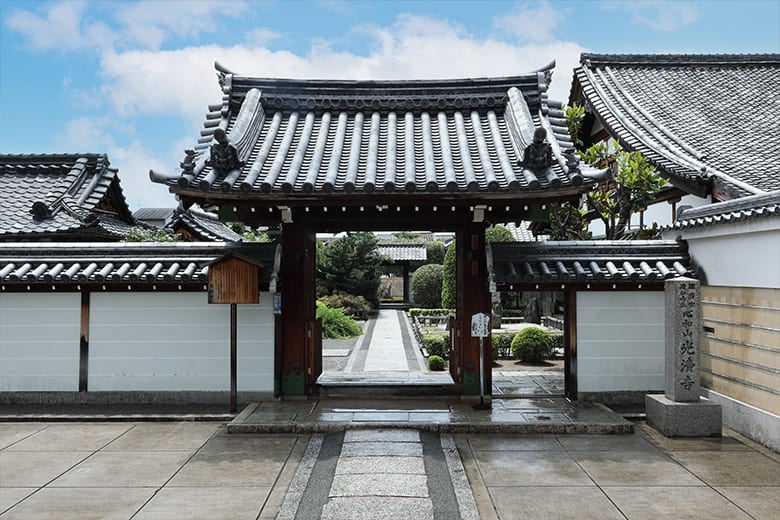
























Overview
Although Kyoto’s Kosei-ji Temple is usually closed to the public, this exclusive Wabunka plan gives you access to a special tour personally led by the deputy head priest. Find your own peace by practicing zazen and hand-copying a sutra as you gaze at the tranquil Shinwa-no-Niwa rock garden, created by renowned garden designer Mirei Shigemori. Finally, sit back and chat with the deputy head priest over some matcha and seasonal wagashi confectionery.
Key Features
・Gain access to Kosei-ji Temple, which is usually closed to the public, and view its garden, art, and more under the guidance of the deputy head priest during this exclusive Wabunka tour
・Calm your mind and body through tranquil Zen experiences: practicing zazen and copying hand-copying a sutra as you gaze at the beautiful rock garden
・Chat with the deputy head priest while savoring matcha with his choice of wagashi confectionery from a long-established store
Kyoto
100mins
from ¥29,000 /person
1 - 8 participants
Available in English
Cancel free up to 4 days prior
Details

Lined with machiya townhouses, temples, and more, Demizu-dori Street is home to Kosei-ji Temple
Belonging to the Kennin-ji school of the Rinzai sect, Kosei-ji is a historic place that also has the prestige of being a monzeki temple (a temple that once had head priests of imperial or noble lineage). Furthermore, it is the family temple of the Iwakura family, known for adopting Tomomi Iwakura, who went on to lead the Meiji Restoration. This began in 1868 and brought about a centralized government, rapid industrialization, and other significant political and social changes.

The serene Shingetsu-tei Garden, created by landscape designer Mirei Shigemori in 1974
Enshrined within the temple’s main hall is its principal deity, the Shokanzeon statue said to have been created by an influential priest named Jikaku Daishi during the Heian period (794-1185). Here, you can also admire the Shin-no-Niwa, a spacious rock garden. On the way there, you’ll pass another rock garden called the Shingetsu-tei.

The main temple path runs straight ahead, all the way to the bell tower
While Kosei-ji is generally inaccessible to the public, it held its first public viewing in November 2023 and is now increasing community engagement through events for locals and visitors alike, including yoga and zazen sessions. Its deputy head priest comments, “Opening our doors has enabled us to make many connections. Giving people the opportunity to view our magnificent inner temple and the beautiful gardens and conveying them to future generations is one of our duties.”
A Private Tour of the Temple With the Deputy Head Priest
During this Wabunka tour, you will be personally guided through Kosei-ji by its deputy head priest. Enjoy rare insights into its history, the legend behind its Floating Cat painting, and gardens.

The temple’s principal deity, the Shokanzeon Bosatsu statue said to have been created by Jikaku Daishi during the Heian period (794-1185)
When you reach the inner temple, first, you’ll greet the principal deity. The deputy head priest instructs visitors to simply put their hands together with the same sense of love for their family and other relatives and try to calm themselves down.
Then, look out at the Shinwa-no-Niwa, a vast rock garden spanning 330 m². Designed by legendary landscape architect Mirei Shigemori, it features four “islands” that form the character for “heart,” which is part of the garden’s name, as well as rocks lined up to reflect the auspicious numbers three, five, and seven, also including a composition resembling a Buddha triad.

Let the Shinwa-no-Niwa teach you the importance of calming both body and mind
From the front of the garden, admire the principal deity rock - the biggest among them - which seems to watch over the temple as the counterpart to the principal deity itself. Each person has a different way of seeing the garden; the deputy head priest comments, “By viewing the garden, we would like you to experience what kind of emotions grow and be aware of the feelings inside you.” Find your own way to enjoy its beauty, which changes with the seasons and time of day.
Discover One of the Seven Mysteries of Demizu
Next, visit the Floating Cat, a famous ema painting that illustrates one of the Seven Mysteries of Demizu - seven legends that have been passed down in each of Demizu-dori’s temples, including Kosei-ji.

The floating cat is a folktale from the Edo period (1603-1868)
This painting may seem ordinary at first, showing a cat resting under some peonies as a butterfly flutters around the blossoms. However, a folktale passed down from the Edo period (1603-1868) tells of a cat that appears at the sound of shamisen being plucked, transforms into a woman, and begins to dance. People witnessed it come out of the painting and start to dance wildly, causing an uproar in town, but the head priest was able to harness the power of Buddhist teachings to seal it inside the painting. It’s said that he later dreamed of the cat, who pleaded with him for mercy, moving him to break the seal. Learn about it from the deputy head priest as you observe the painting.
Experience Zazen and Sutra Copying With a View of a Rock Garden by Mirei Shigemori
After your tour of the grounds, return to the main hall to practice zazen and copy a sutra in front of the Shinwa-no-Niwa garden. Even if you’re a beginner, never fear; your zazen session will begin with instructions on how to position your legs, breathe, mentally prepare yourself, and more. The traditional sitting style can be difficult, so feel free to try zazen breathing and posture with a chair instead.

Zazen will be practiced outside on days without rain. Emotions may ebb and flow like waves, but this is the perfect time to settle them
Calm your mind and body and take time to concentrate. While people generally picture zazen as entering a state of nothingness, the deputy head priest offers a different explanation. “Observe all of your emotions objectively. It’s okay as long as you feel refreshed after the zazen is over.” Practice zazen while accepting the shifts in you and your emotions as they are, and take the opportunity to reflect on yourself.

You also have the option to receive encouragement from the deputy head priest, who will tap you with a keisaku stick
This plan’s zazen session lasts for 30 minutes, making it easy to experience the world of Zen. By sitting down (the “za” in zazen) and concentrating for a short period of time, try to appreciate the atmosphere and fruitful time spent here and observe the emotions that emerge afterwards.

The sutra sheet reserved for Wabunka guests
After practicing zazen, direct your lightened mind to the sutra you’ll copy. While the Heart Sutra is generally used for this, you will write out a shorter one: the sutra of Kannon Bodhisattva in 10 phrases. As you sit down facing the peaceful rock garden, carefully trace the kanji characters with a free mind. Immersing yourself in the act of writing, moving the brush and taking in the characters will help you to harness all of your senses and gradually calm your mind and body.
Matcha, Wagashi and Time to Chat With the Deputy Head Priest
The zazen and sutra copying experience is followed by some time to relax with matcha and wagashi - still with a view of the garden, of course. Each piece of confectionery is personally selected by the deputy head priest from long-established store Shioyoshiken in the nearby Nishijin area or Tokiya, which is also close by in the Emmachi area. Look forward to discovering what they’re themed around, which changes with the seasons. As you sip on some matcha, the perfect companion for these sweet treats, chat with the deputy head priest about anything that may come to mind.

These stunning sweets are crafted to match each season (photo is for reference only)
Having viewed the garden and experienced both zazen and sutra copying, you may feel more fulfilled and refreshed than before. Why not discuss with him about the emotions that have been evoked by your visit?

Reflect on your experience over a bowl of matcha
Experience the Profound World of Zen and Reflect on Yourself
With this Wabunka plan, you’re sure to gain insights into Kosei-ji’s history and culture by exploring highlights like the Shinwa-no-Niwa rock garden, a landscape whose impression changes with the seasons and the weather, and the Floating Cat painting, which illustrates a local legend. Furthermore, the zazen and sutra copying are chances to experience the profound world of Zen. Calm both your mind and body as you reflect on yourself.

Chat with the deputy head priest
The deputy head priest says, “I’d like for you to use what you’ve felt during the experiences in your daily life.” Zazen and sutra copying aren’t activities that are difficult to try for the first time; he welcomes anyone to come and spend some time in this place of peace.
Kosei-ji Temple

Kosei-ji Temple
Kosei-ji is a Zen temple under the Kennin-ji school of the Rinzai sect. It was built in 1669 by Imperial family member Fushiminomiya Sadayuki Shinno for the repose of his mother. As she was given the posthumous Buddhist name Jigen Inden Shinwa Kosei Daishinnyo, the temple was named Shinwa Kosei-ji. Both its main garden (Shinwa-no-Niwa) and the garden by its entrance (Shingetsu-tei) were created by legendary landscape designer Mirei Shigemori. A Shokanzeon Bosatsu statue made during the Heian period is enshrined as the temple’s principal deity.
Customer's Voice
It was peaceful and well thought out
R.M. United States
It was unique and authentic. It felt so special to be able to have a private explanation of parts of the temple and the garden. I liked hearing about the deputy priest's experiences. The meditation was the perfect amount of time, and relaxing. I liked how everything was explained. I also loved the copying of the sutra, the tea and treat. It did not feel rushed at all. I liked how easy it was for us to communicate with the priest through our interpreter. Lastly, I enjoyed the conversation we had at the end with the priest. Before we left, he said that meeting people doesn't happen just by chance and hoped to cross paths with us again.
A.M. United States
The experience was unique and really enjoyable. The monk was insightful, with a lot of details about Zazen and the symbolism behind it.
O.C. France
Location
Kosei-ji Temple
Kamigyo Ward, Kyoto
Request for booking
Select first preferred date (JST)
January 2026
Sun
Mon
Tue
Wed
Thu
Fri
Sat

Instant Booking

Request Booking

17
Full

17
Unavailable
Kyoto
100mins
from ¥29,000 /person
1 - 8 participants
Available in English
Cancel free up to 4 days prior
Things to know
Contact Us
If you have any questions, please contact us using the form below.
We also accept bookings from corporate clients and travel agencies.